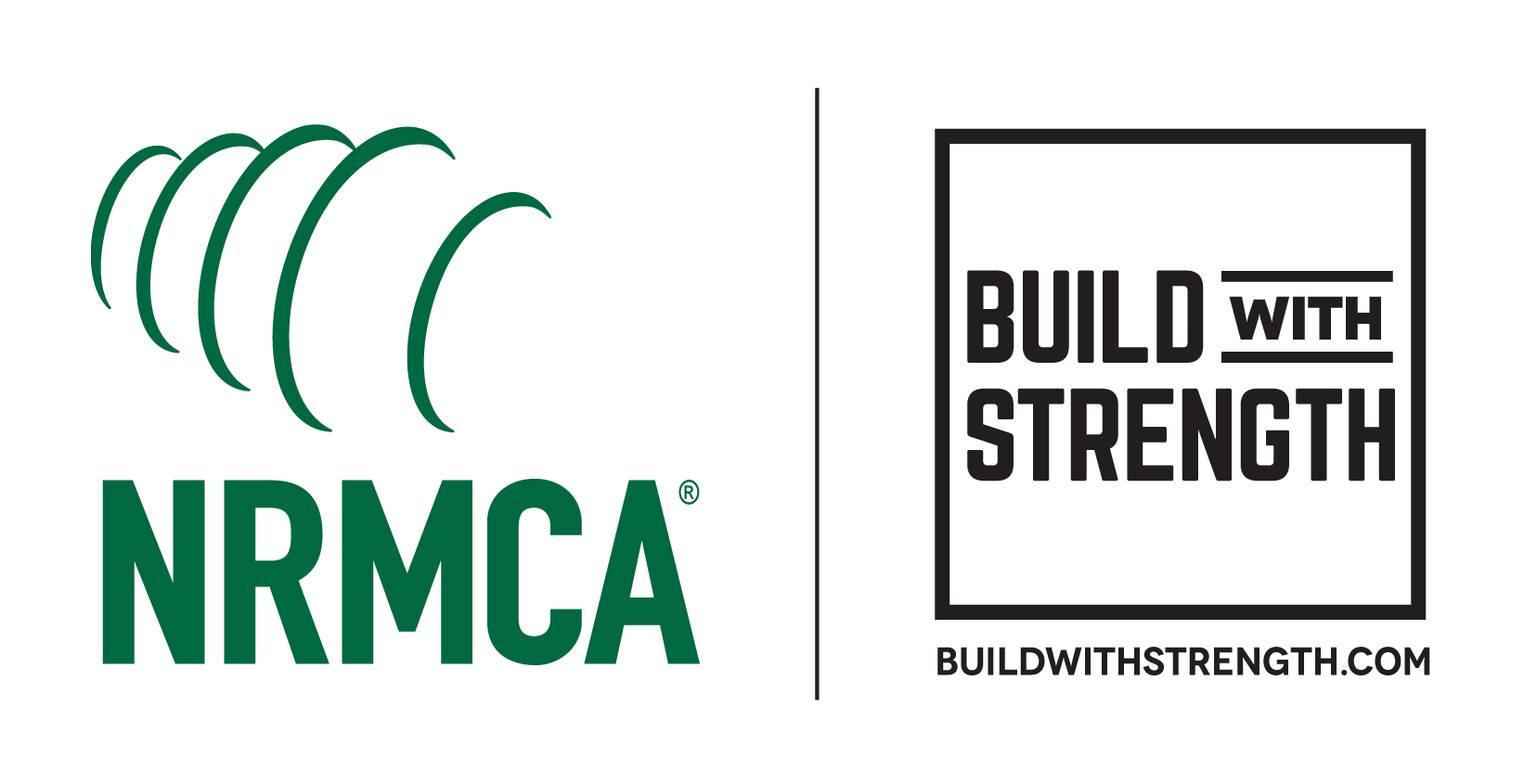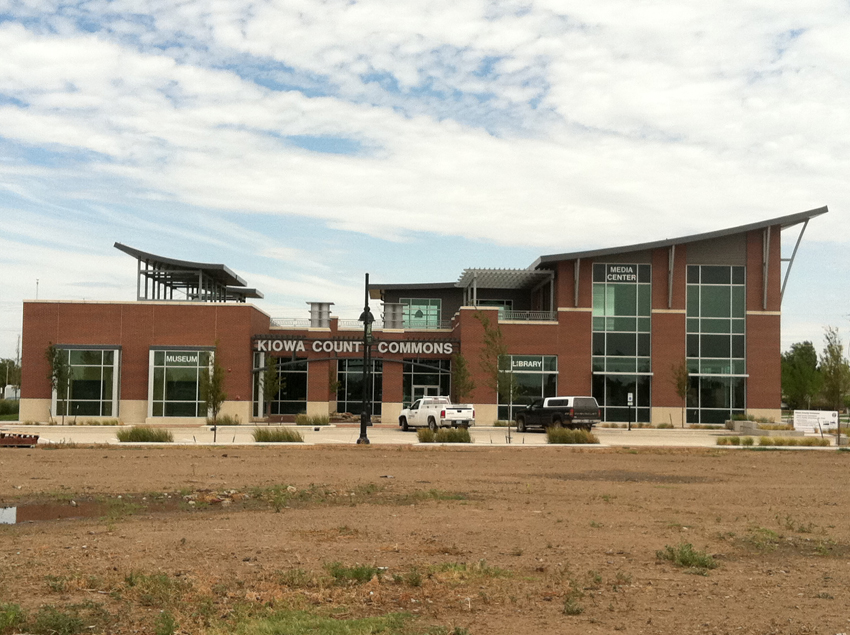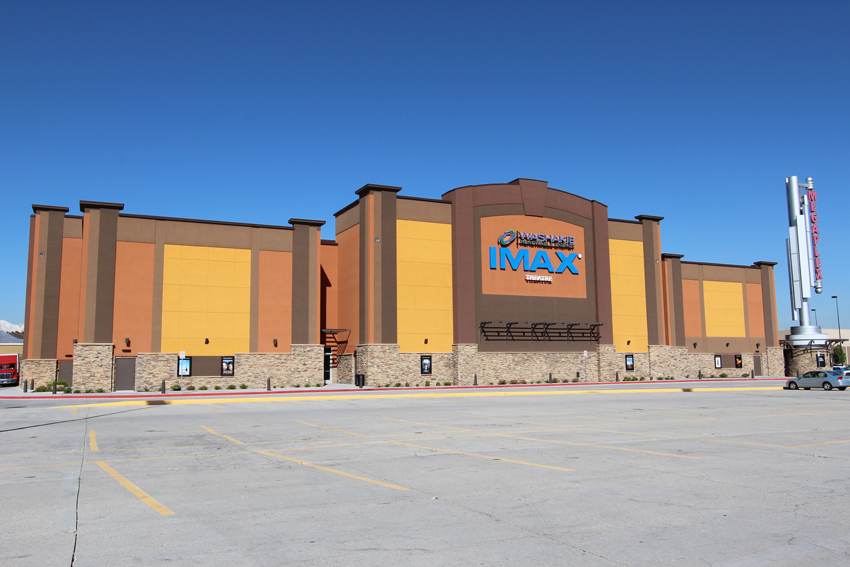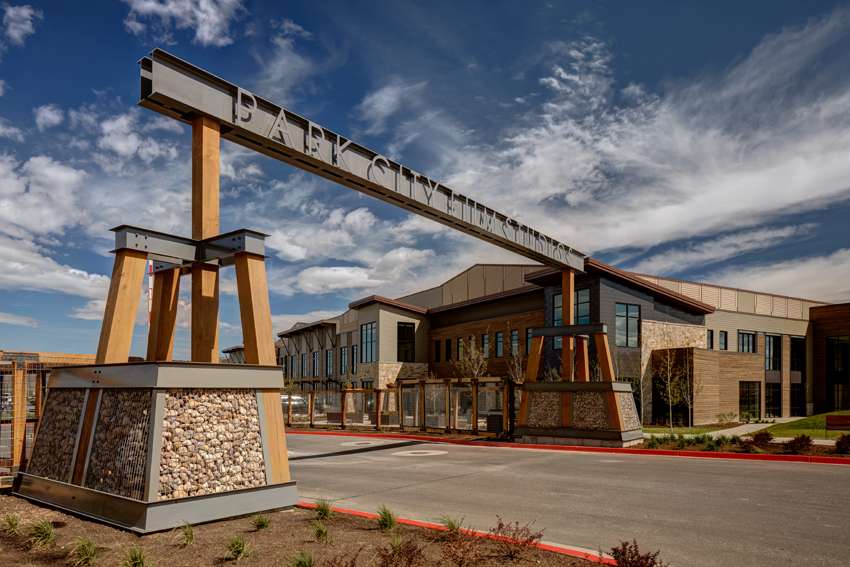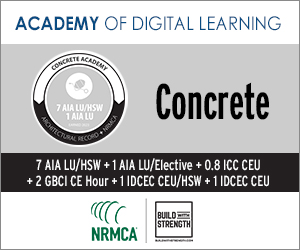Insulating Concrete Forms for Commercial Construction
 1 AIA LU/HSW; 0.1 ICC CEU; 0.1 IACET CEU*; 1 AIBD P-CE; AAA 1 Structured Learning Hour; This course can be self-reported to the AANB, as per their CE Guidelines; AAPEI 1 Structured Learning Hour; This course can be self-reported to the AIBC, as per their CE Guidelines.; MAA 1 Structured Learning Hour; This course can be self-reported to the NLAA.; This course can be self-reported to the NSAA; NWTAA 1 Structured Learning Hour; OAA 1 Learning Hour; SAA 1 Hour of Core Learning
1 AIA LU/HSW; 0.1 ICC CEU; 0.1 IACET CEU*; 1 AIBD P-CE; AAA 1 Structured Learning Hour; This course can be self-reported to the AANB, as per their CE Guidelines; AAPEI 1 Structured Learning Hour; This course can be self-reported to the AIBC, as per their CE Guidelines.; MAA 1 Structured Learning Hour; This course can be self-reported to the NLAA.; This course can be self-reported to the NSAA; NWTAA 1 Structured Learning Hour; OAA 1 Learning Hour; SAA 1 Hour of Core Learning
Learning Objectives:
- Explain the basic design criteria and construction elements of commercial and institutional buildings built with insulated concrete forms (ICFs).
- Enumerate the many benefits of building with ICFs, including energy efficiency, cost efficiency, health, acoustics, durability, and fire safety.
- Discuss how concrete contributes to a building’s resilience to fire, flood, wind, and earthquakes, and helps protect the safety and health of occupants.
- Identify ways in which ICF concrete construction can promote health, safety, and welfare in a variety of building types.
This course is part of the Concrete Academy
Entertainment/Hospitality
Safety is always a key concern in structures such as entertainment and hospitality buildings where large crowds of people gather. Fire safety is likely the main reason to select concrete for these types of structures. However, in addition, noise and vibration are also concerns for entertainment and hospitality buildings such as theaters, hotels, and convention centers.
Concrete walls and floors offer the best solution to control noise and vibration. Nothing is worse than hearing someone with their TV blaring in the hotel room next door or the deafening sound from the action movie in the theater next to yours. This is why ICFs are often used for entertainment and hospitality projects for their ability to isolate and dissipate noise. The fact that ICFs can nearly eliminate sound transmission at virtually no additional cost makes them very attractive for any project in which peace and quiet is a selling point.
The concrete core of ICFs offers excellent noise control in two ways. First, it effectively blocks airborne sound transmission over a wide range of frequencies. Second, concrete effectively absorbs noise, thereby diminishing noise intensity. Because of these attributes, ICF walls and floors have been used successfully in entertainment and hospitality applications. Six-inch ICF walls easily achieve a sound transmission classification (STC) rating of 55. Higher STC ratings up to STC 70 can be achieved with additional gypsum wallboard or special isolation channels. For concrete floors, most meet STC 50 or higher and an impact insulation class (IIC) of 50 or higher depending on the floor and ceiling finish.
Conclusion
ICF systems result in construction that is faster, easier, and less labor intensive than other construction methods, such as wood or steel framing. ICFs are lightweight, durable, and offer a system that requires less skilled labor. The system combines the reinforced-concrete structural system along with the thermal, air, and moisture barrier in one step, which reduces the number of trades required on-site. Construction can continue all year long since the forms provide an ideal curing condition for concrete during the hottest and coldest weather.
Because the forms stay in place after concrete is poured, there is no need for labor-intensive wood, aluminum, and steel formwork that requires large cranes and other expensive hauling equipment. ICFs are user friendly, which means that construction crews new to the system can learn the method quickly. Many crews are familiar with the running-bond stacking method used in masonry construction, but instead of stacking small, heavy blocks with wet mortar, they are installing large blocks made with polystyrene, meaning crews can install more wall area per day.
All this leads to a construction system that is ideal for today’s competitive construction environment. ICFs are a modern building system that is easy to use, cost competitive, and meets modern building codes for structural loading, fire, energy, and noise.


